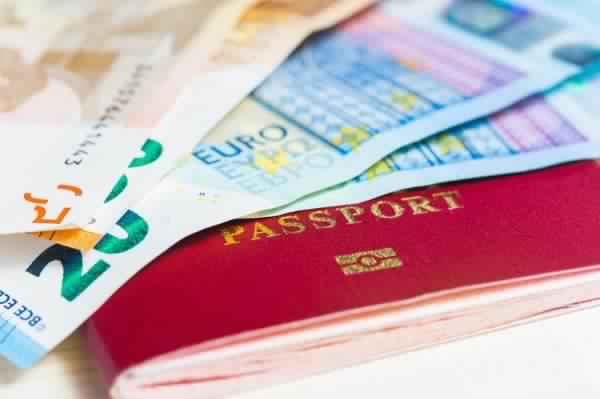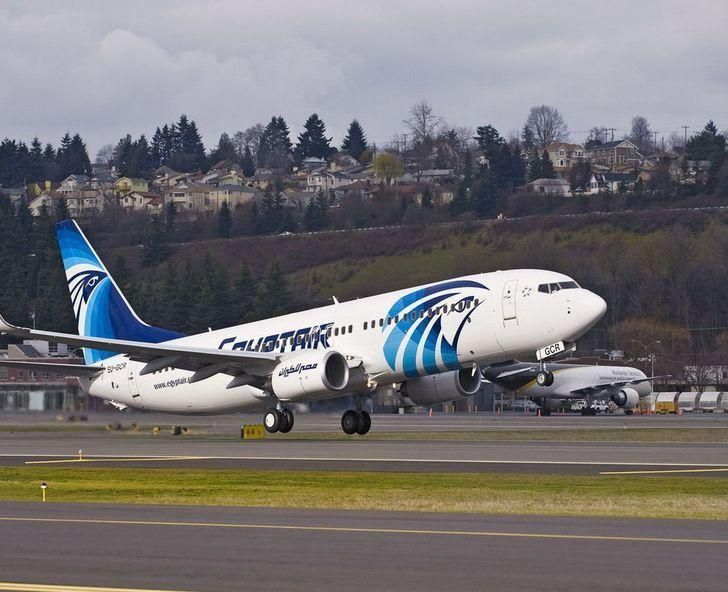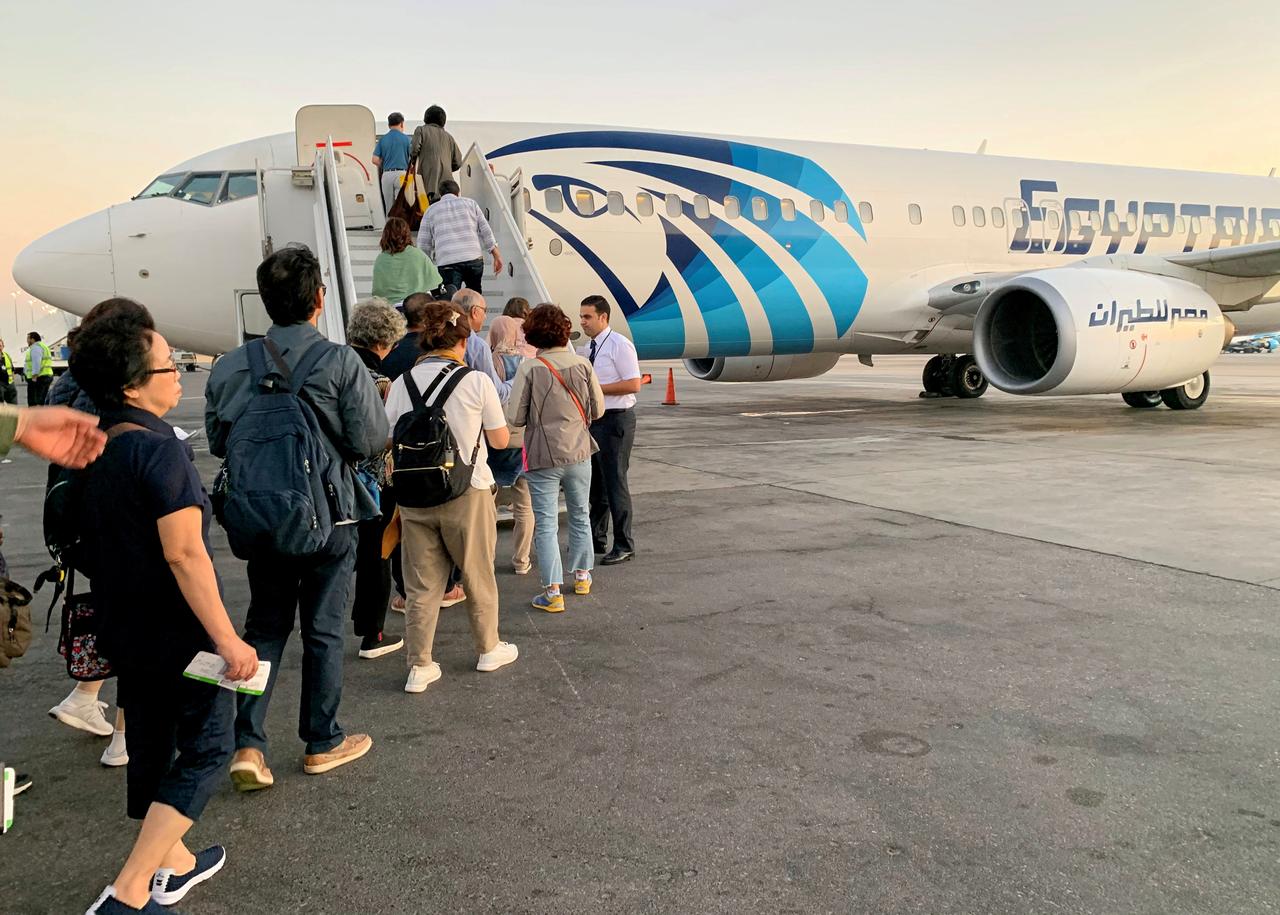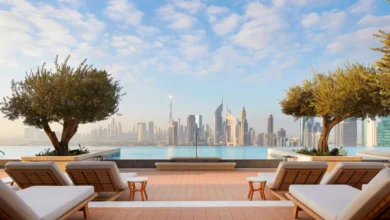When it comes to hotel accommodation in Egypt, you’ve traditionally had two options. First, you could play it safe with the luxury international 4 and 5 star chains, which, while comfortable and pleasant, lack much of a connection to Egypt. Staff in these chains are trained to nearly robotic levels of automation, the lightness of their character trained right out of them. Second, you could venture onto the local market, and play a dangerous game of accommodation roulette. Your experience might be alright, but you are just as likely to share a room with cockroaches and receive indifferent to insufferable care.
Thankfully, there’s something emerging in the middle: local options, drawing on the best of Egyptian traditions and culture, but with rigorous standards of quality and service. Globally, there has been a trend toward this style of accommodation in recent years, including boutique hotels, eco-lodges, and other similar concepts. In Cairo, high-end local options are beginning to emerge, including the Talisman hotel in downtown, the Le Riad along restored Muezz el-Din Street in Islamic Cairo, and there’s a new luxury boutique hotel in the planning stages nearby the Abu Sir pyramids.
Outside of Cairo, options are also picking up. Perhaps the first entry into this gap, between the bland decency of the 5-star options and the ragged charm of the local providers, was the Adrere Amellal eco-lodge that opened nearly a decade ago nearby the Siwa Oasis. Adrere, the brainchild of prominent environmentalist Mounir Nametallah, is made entirely of local materials by local craftsmen, draws its superbly trained staff from around the oasis, and is a serene and tranquil experience. One of the highlights of Adrere is its superb menu, and dinner is served each night in a different and surprising location. Its publicity was boosted considerably last year when British Prince Charles came for a visit. It has been written about separately on these pages, see “A Siwan Sojourn” elsewhere in the travel section for more details.
The next arrival in this field was the Al Moudira hotel on Luxor’s West Bank. The Moudira, which has been operating since 2002, is the brainchild of Zeina Aboukheir, who spent years collecting the antique pieces of furniture that decorate each individually designed room. The architecture, gardens, and interior design hearken back to the days of eastern luxury palaces, and each bathroom is its own exquisite hammam. To compensate for Moudira’s location in a rural area, Zeina struck an ingenious deal with a fleet of local decent taxis with established rates so visitors don’t get fleeced as they move around. The Moudira joins a select few other hotels that provide accommodation options on Luxor’s West Bank, closer to many of the monuments.
The most recent arrival within the luxury but local domain is the Al Tarfa Desert Sanctuary that recently opened within the Dakhla Oasis. Tarfa, open for just over a year, is a labor of love by prominent Egyptian desert explorer Wael Abed, co-owner of the desert exploration company Zarzoura and author of the “The Other Egypt,” documenting his travels around the desert, and his wife Mona. In taste, service and price, it aims at the upper end of the luxury market, and was recently awarded the Tatler Travel Award 2010 in the category of Best Adventure Hotel, and was recognized as one of the Best 101 Hotels in the world by the UK-based Tatler magazine.
Tarfa consists of 20 self-contained units dotted a fertile spot of the Dakhla oasis, in between the Dakhla towns of Qasr and Mut. Wael worked closely with Mounir in developing Adrere, and common touches between these two luxury oasis lodges are apparent: the intense focus on local materials and architectural design, the harmonious blending of the buildings into the landscape, the focus on quality service and cuisine, and fantastic excursions into the surrounding area. Wael and Mona followed no designs when building the rooms. They simply allowed inspiration to strike them as they designed each room, and as a result, each room has a unique flavor.
The interior design of each room hearkens back to the oriental luxury of yesteryear, stylish and luxurious. Many of the paintings on the walls were sourced from a local artist who came and spent months in residence painting local landscapes. Much of the other art work, and some of the furniture, was scoured from the Souq el-Gomaa in Cairo. The lamp fixtures are a delight, many of them designed by the owners themselves.
While Adrere emphasizes its eco-credentials, Tarfa emphasizes luxury and creature comforts. Tarfa has electricity, Adrere does not. Tarfa comes equipped with a full spa set up, with Thai masseuse included, and a thermal spring is located just up the driveway. But the same rustic pleasures are also in ample supply, evenings around a bonfire, drinks on a terrace with a spectacular view, and sun-tanning around a swimming pool surrounded by the verdant oasis landscape.
As you’d expect, the luxurious price you’ll pay to stay at Tarfa is accompanied by a luxurious level of service and comfort. Meals are served in either the main dining room, or in various quiet sitting areas dotted around the property. Drinks are served on either side of a roaring fire at the elegant bar. Excursions are arranged daily to see the local sights. Just up the road in el-Qasr, are the magnificent ruins of an ancient fortress city, now eerily abandoned. Dakhla is a good gateway into the Western Desert, and excursions through the pristine surrounding desert dunes are easily arranged. Not far away are the Roman city of Amheida and the temple of Deir el-Hagar. During these adventures, one of the hotel’s turban clad staff regularly pops up in the most surprising of places with a drink or two to repay you for your adventurous spirit.
Tarfa is working hard to get the name recognition enjoyed by other better established hotels. Recent visits by Robert DeNiro, Harvey Keital, and a scion of the luxury jewelry Bulgari family have certainly helped. This winter saw a surge in bookings in response to the Tatler award.
Tarfa is isolated, and getting there can be a challenge. However, its remoteness is also what makes Dakhla the most pleasant of all of Egypt’s touristic oases. Driving there is certainly an option (see accompanying story elsewhere in the Travel section). In addition, a recently added once a week flight brings you directly from Cairo to Dakhla, and slightly more regular flights bring guests into Kharga (2 hours away) or Assiut (between 3-4 hours).
Tarfa, Moudira and Adrere are not for everyone. There are no flat screen TVs, no internet, and sometimes only candlelight. Even if you can surmount these challenges, room rates, which can run in Euros what other places charge in pounds, may keep all but the elite away. However, each, in their own way, is beautifully designed and executed, and maintains a level of quality and service every bit on par with the best of the best elsewhere in the world.
Details: Al Tarfa; Adrere Amellal; Al Moudira; Le Riad; Talisman. Rates range between €100-500/night, depending on the season, and the room selection, and are usually all inclusive. Petroleum Air runs weekly flights into Dakhla, and EgyptAir runs more regular flights into Assiut. Two buses a day to Dakhla leave from Cairo’s Turgoman Bus Station.




